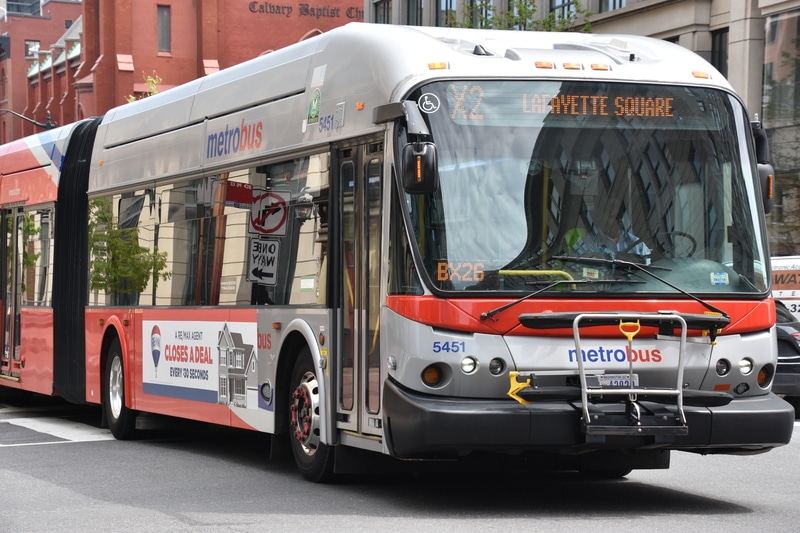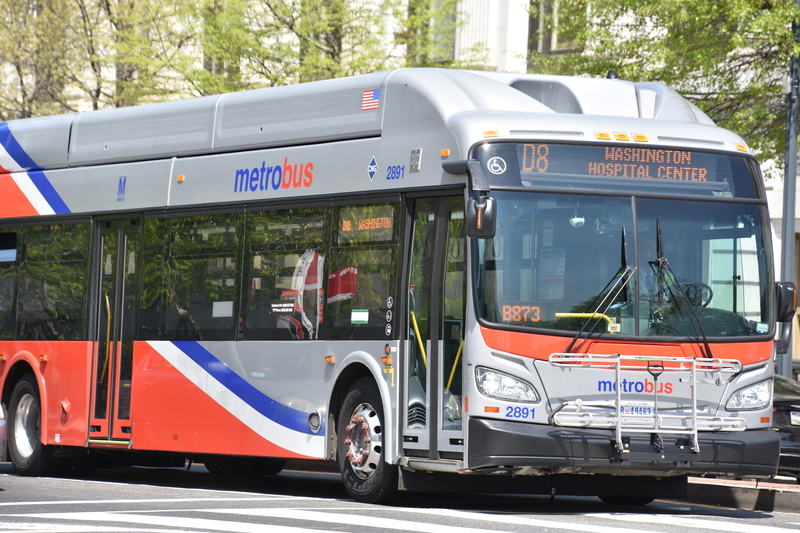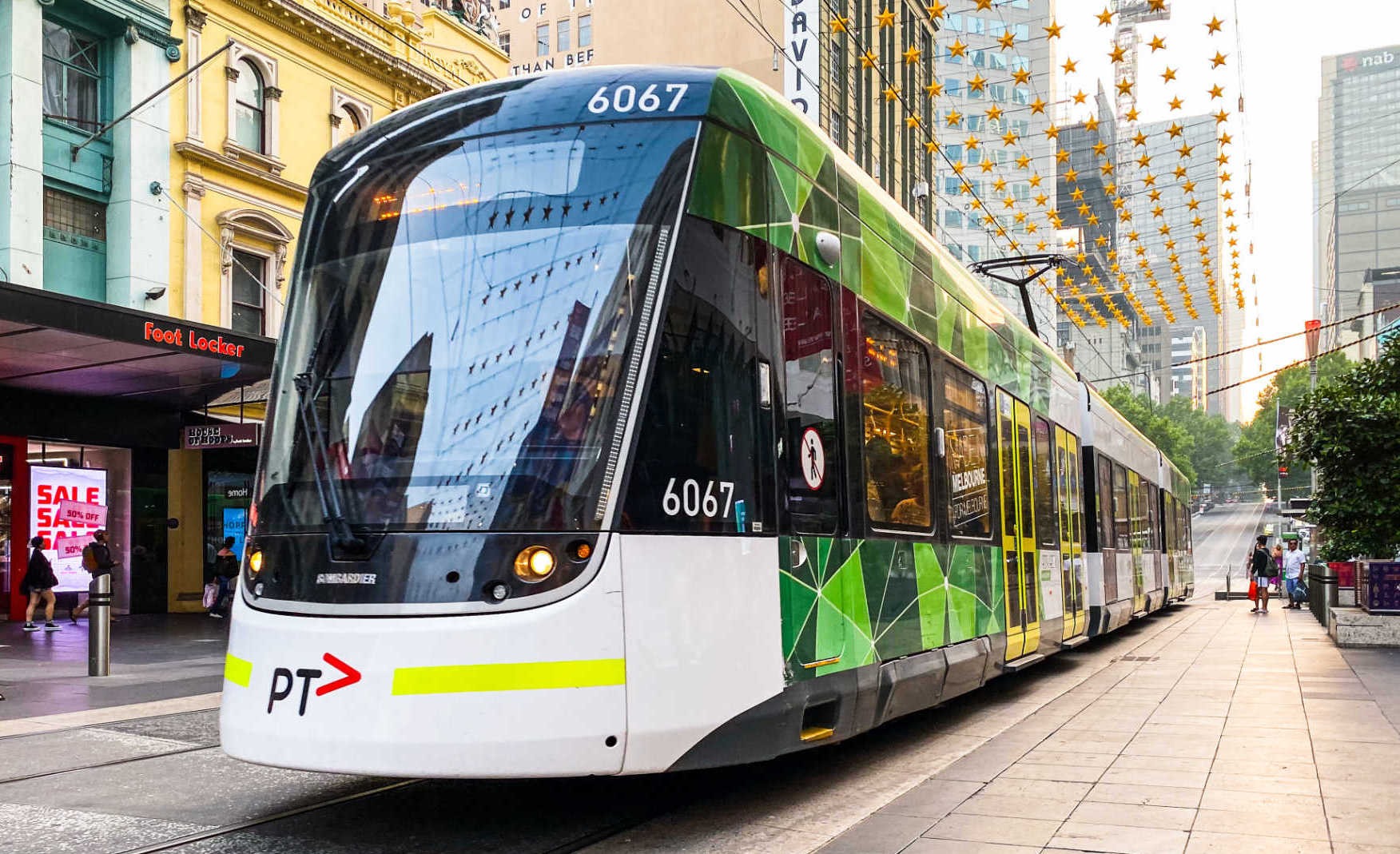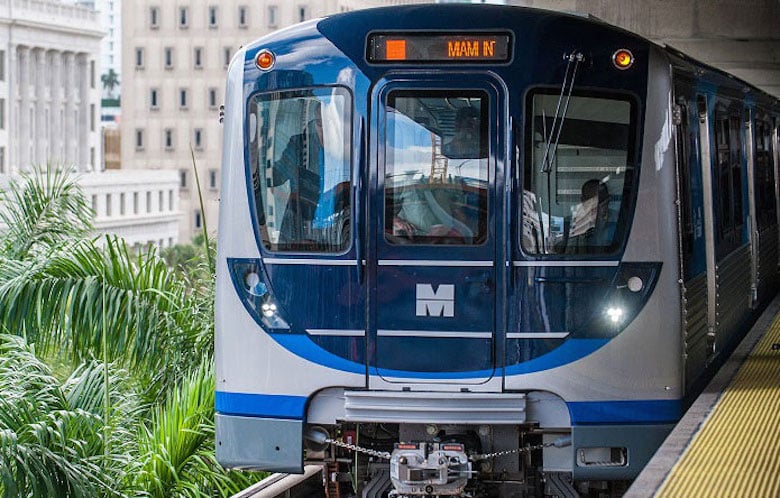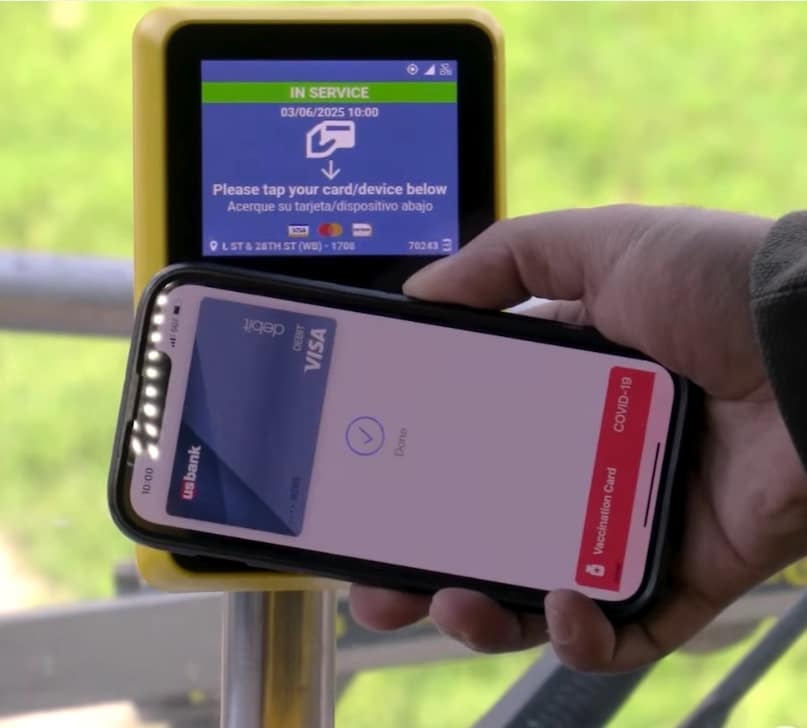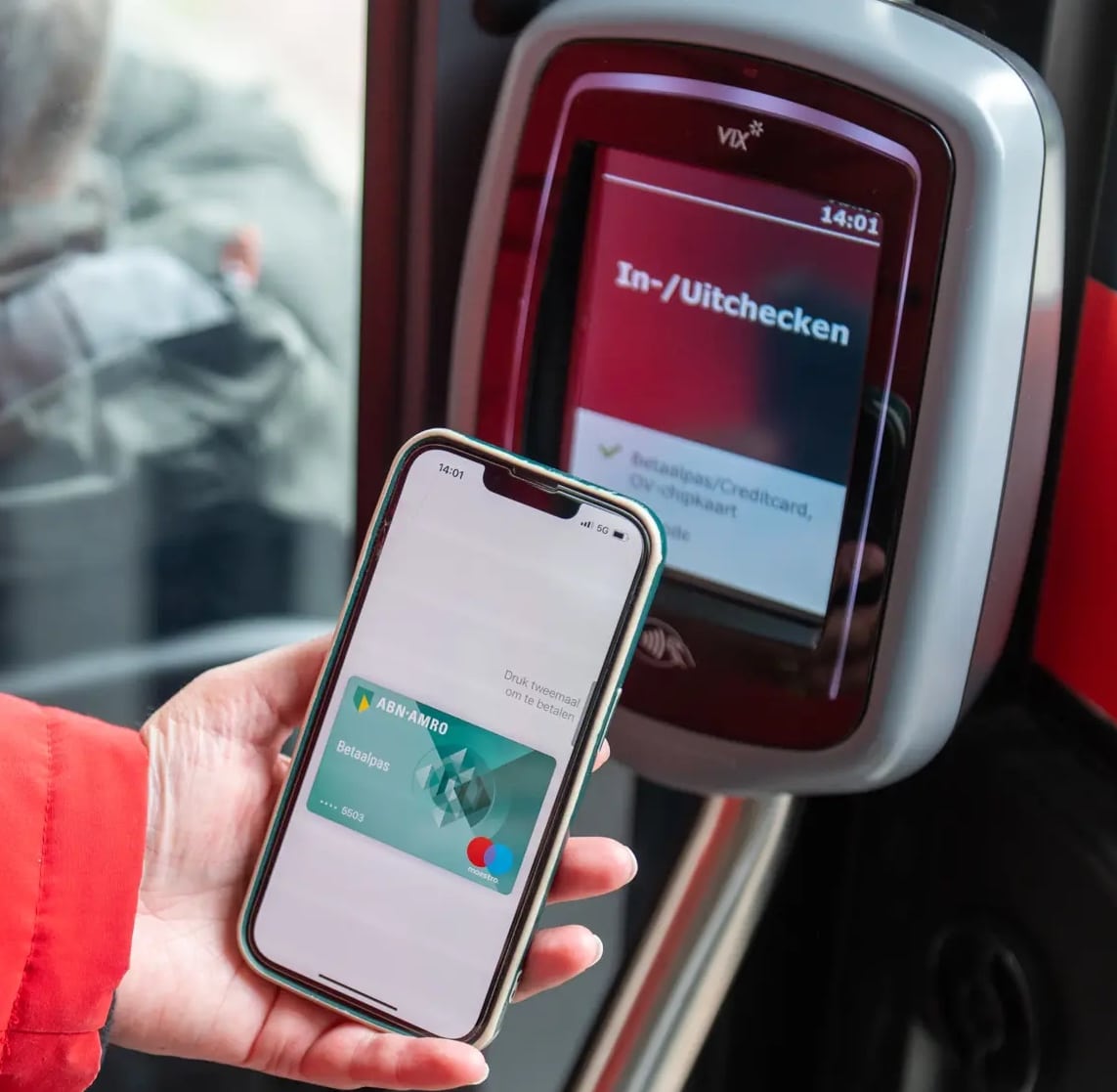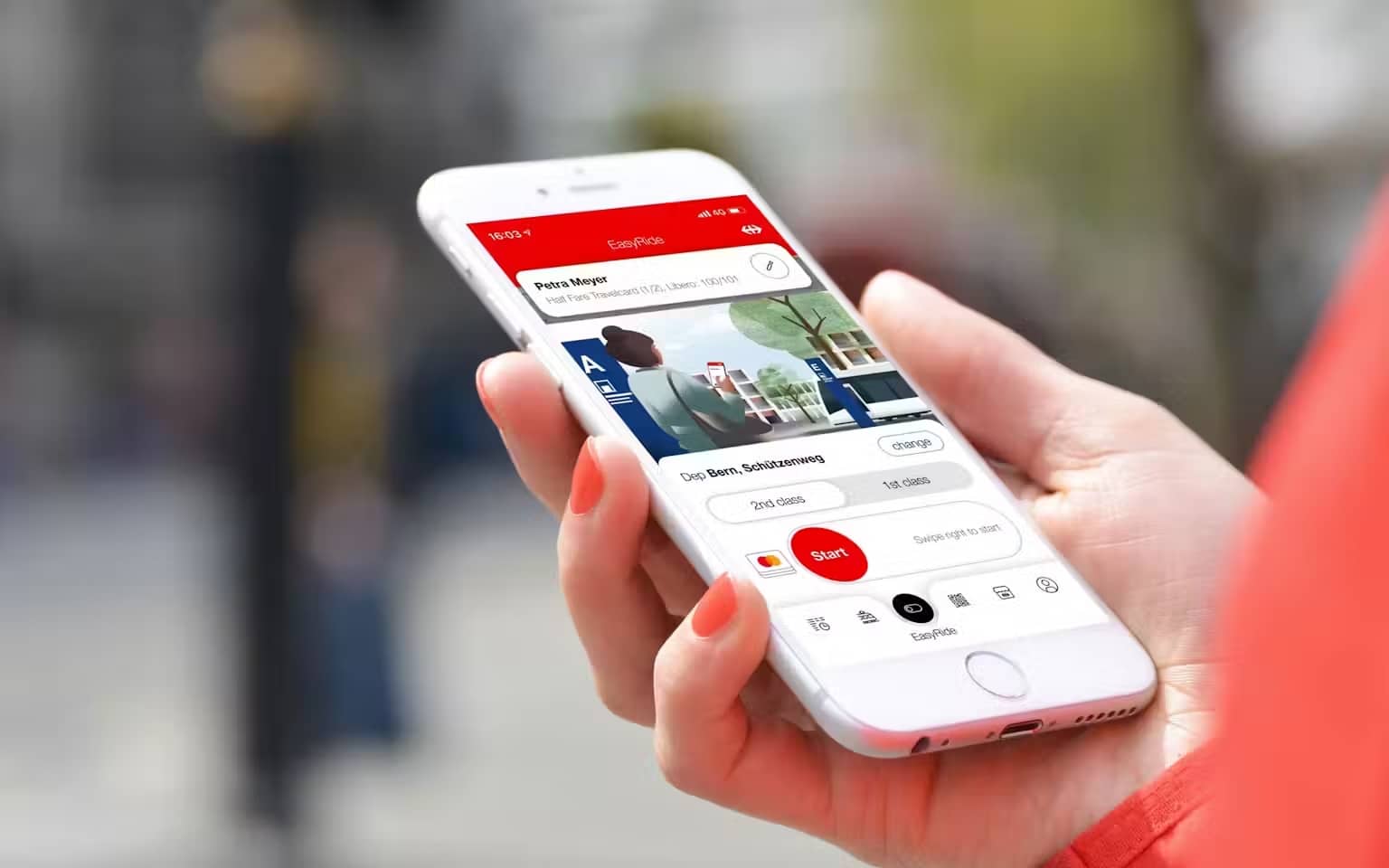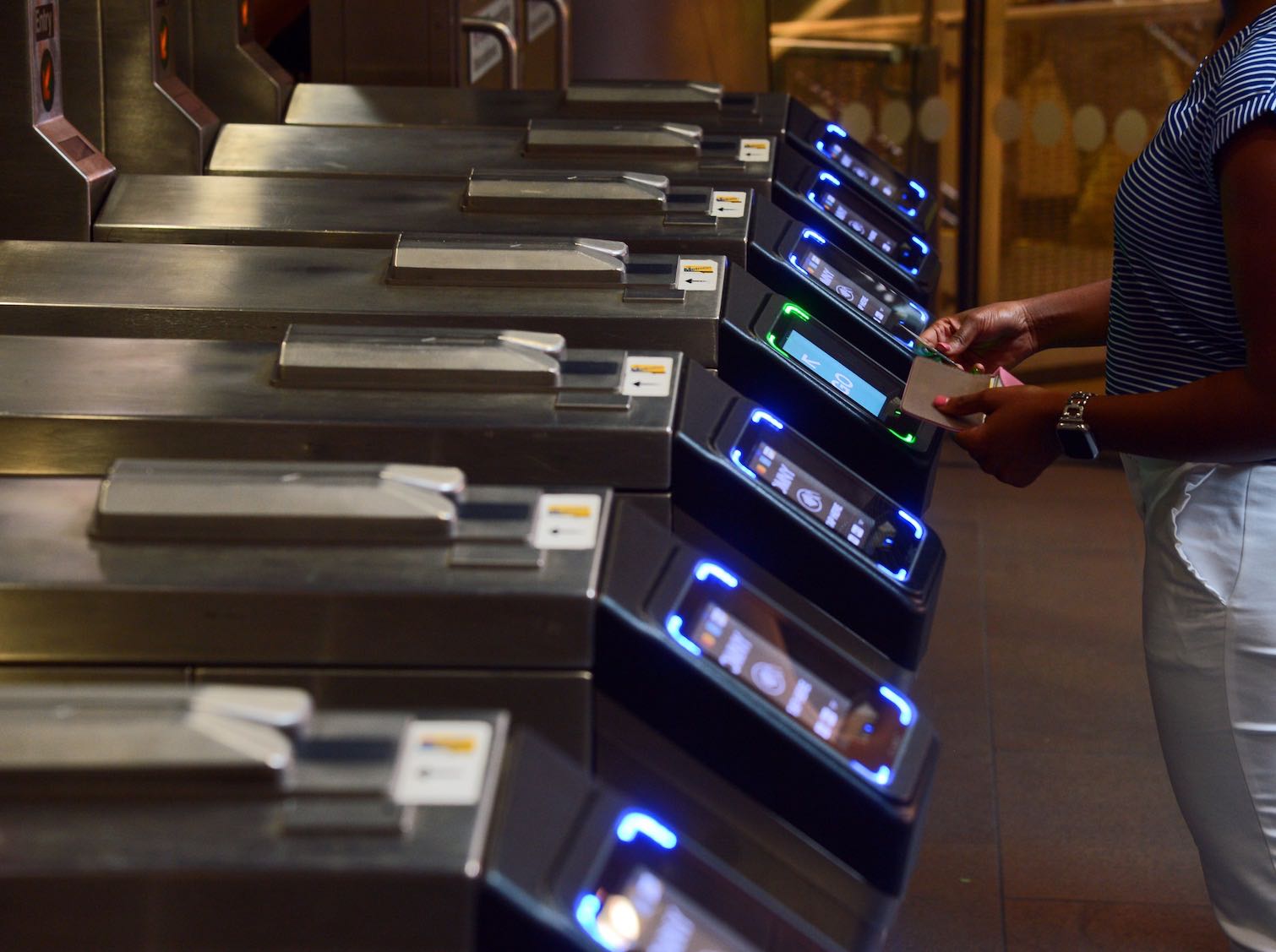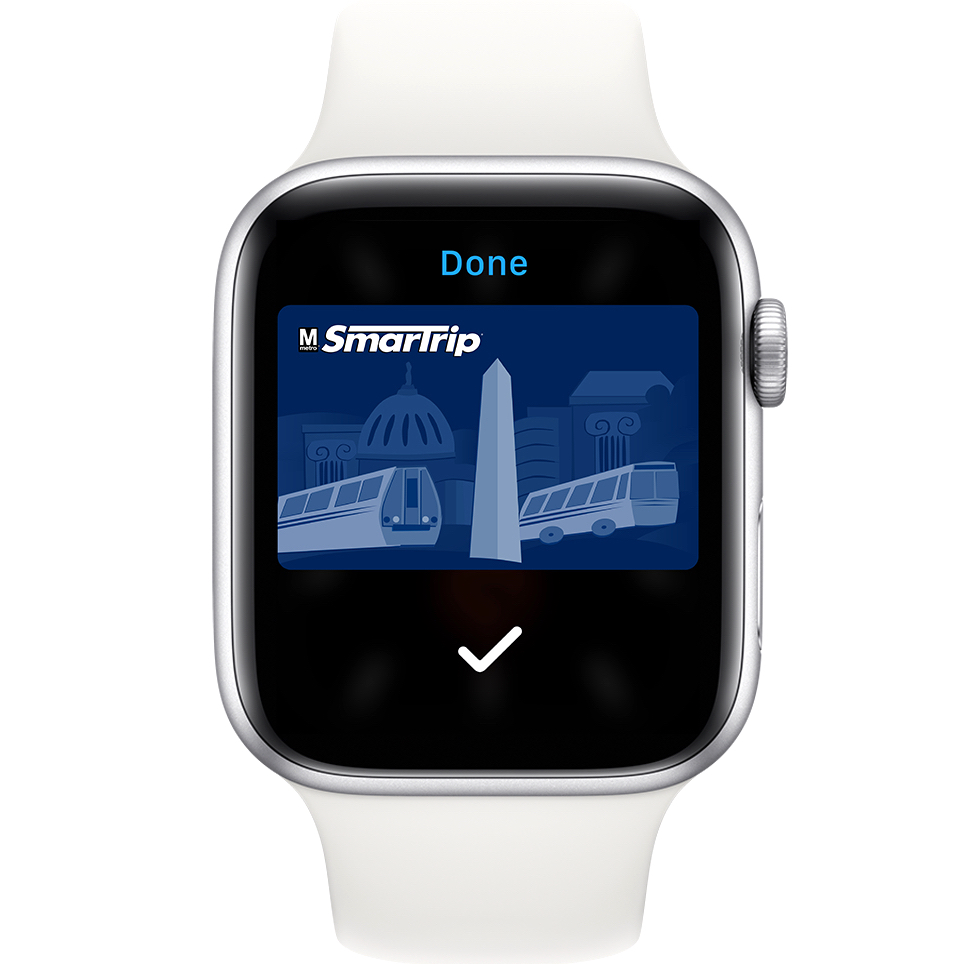
Article Highlights
While support for open-loop is definitely a trend in the U.S. and globally–following the success of the large open-loop rollout in London more than six years ago–some transit agencies are opting to promote and expand their closed-loop fare payment systems. The agencies balking at open-loop say the option is expensive and does not eliminate the need for maintaining their established separate closed-loop card systems.
WMATA ranked as the second largest heavy rail (subway) system and fifth largest transit system overall in the U.S. last year, providing a total of more than 340 million trips.
• Apple
• WMATA
• Cubic Transportation Systems
Apple added support for its latest closed-loop transit card for Apple Pay, enabling customers of the Washington Metropolitan Area Transit Authority, or WMATA, to tap their NFC-enabled iPhones and Apple Watches to pay for rides with WMATA’s SmarTrip virtual card.







